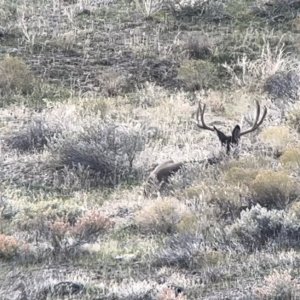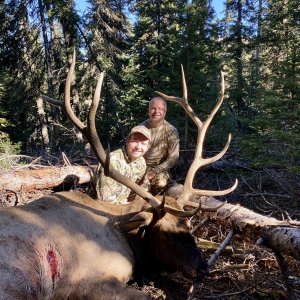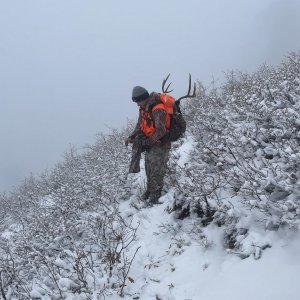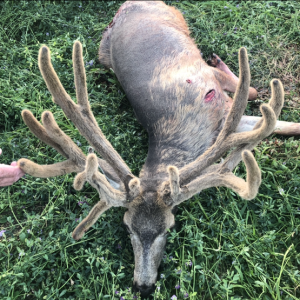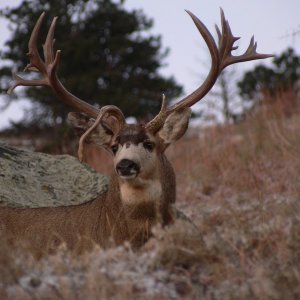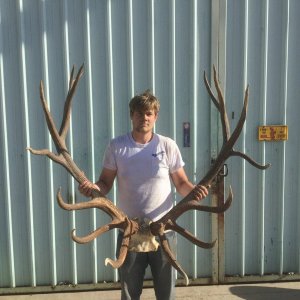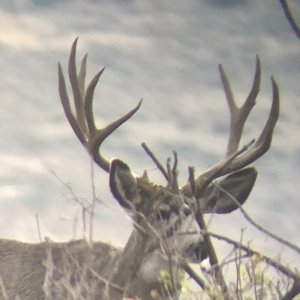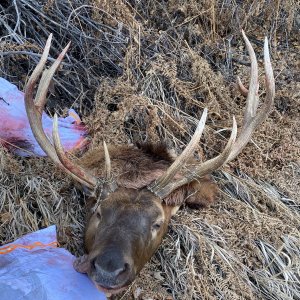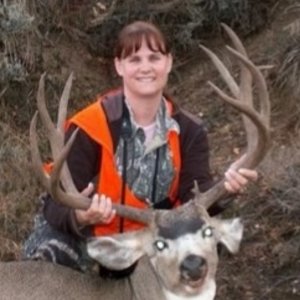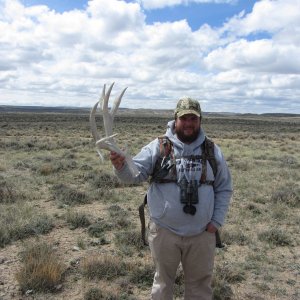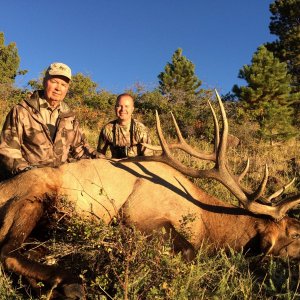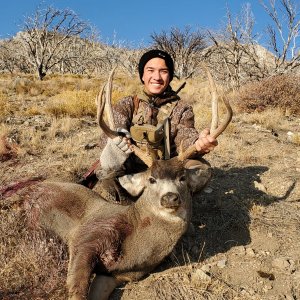Chad,
If you're looking for ideas for management go back to my post on the decline of trophy mule deer and there are over 230 posts on the subject. Smellybuck is talking about an area called Browse which is an area I know extremely well. My grandpa hunted that area back in the 60's and 70's taking some huge bucks. You should see his trophy room. Two of his bucks are huge non-typicals that measure 40+ inches. Those are the kind of bucks that used to roam there. I agree with the predator issue. Mountain lions have been a major problem in the area. Another predator though has been man!! Poaching was a contributing factor also in the downfall of Browse. Hunters that were lucky enough to draw tags during the 80's also took more than their 1 allotted buck. Everyone needs to take a good long look in the mirror and truly ask yourselves how can I help improve deer hunting in Utah. Going out opening day and shooting the first buck you see and then dragging it home untagged in hopes of a continued hunt is obviously not working!!! The 60's and 70's are over but it seems hunting techniques like failure to tag a deer or even party hunting have been passed down from generation to generation. That nonsense needs to stop!! Todays deer are pressured all year long from all angles. Horn hunters on winter ranges is an example. How many shed horn hunters were there in the 60's? I'll take a guess that there were not very many! Increased technology along with hunter access is another contributing factor. Examples include, 3-wheelers, 4-wheelers, parachute planes, high powered scopes on flatter shooting rifles, compound bows with sights and carbon arrows, in-line muzzleloaders, rangefinders, and on and on etc. Don't get me wrong I'm a user of some of these fine technological advances, but unethically using them to take and find animals is becoming more and more of a problem. When is enough going to be enough? That is a question we also need to ask ourselves. Do limits need to be set? and restrictions and heavy fines put in place? A successful hunt isn't always about killing an animal. It's about the great experience in the great outdoors and stories about the past or the one's that got away. You don't have to harvest an animal on every trip. In my opinion, the number one thing we need in order to improve our deer herd here in Utah is more ethic-minded Sportsmen. If everyone truly cared, taught their kids respect for nature and wildlife, things would definately improve. After that we need to focus on predators, habitat, taller fences and crossings along highways in migration areas to prevent road kill, tag numbers (97,000 tags is way too many considering our drought conditions), fawn survival rates, and on and on etc. etc. Just some thoughts

